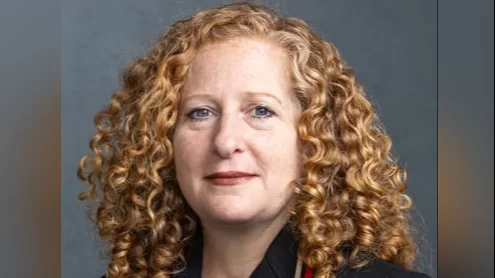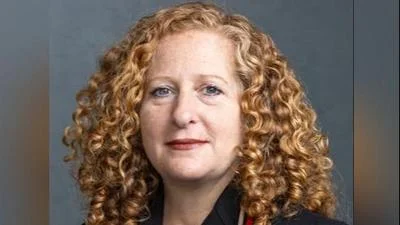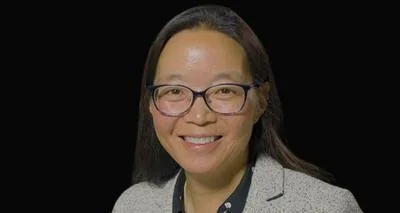Jennifer Mnookin Chancellor | Official website
Jennifer Mnookin Chancellor | Official website
Electrical engineering PhD student Yizhou Yao states, "What we started talking about was local, targeted delivery and whether there was a way of getting the treatment DNA directly into the liver without passing it through the entire body and triggering the immune system."
PhD student Yizhou Yao, who led the research, comments, "Before this, the last time I used a microscope was in high school. It was quite a steep learning curve, learning to culture cells and carry out biology protocols. But I really enjoyed this project and liked its ultimate goal, which is to make the world a better place."
The University of Wisconsin–Madison researchers have made an electrifying discovery in the field of gene therapy delivery. By exposing liver cells to short electric pulses, they found that the cells took in over 40 times the amount of gene therapy material compared to cells not exposed to the pulses. This breakthrough could potentially lead to more effective and affordable gene therapies, as reported in the journal PLOS ONE.
Gene therapy holds promise in treating genetic diseases such as cystic fibrosis, sickle-cell disease, hemophilia, and diabetes. However, one of the challenges in gene therapy is delivering the right dosage of genetic material to target cells. The team at UW–Madison believes that applying a moderate electric field could be the key to overcoming this hurdle, making therapies more efficient.
The project originated with Hans Sollinger, a renowned transplant surgeon at UW–Madison, who developed a gene therapy treatment for Type 1 diabetes. Collaborating with electrical and computer engineering professors Susan Hagness and John Booske, Sollinger aimed to enhance the delivery of therapeutic genes into liver cells using electric pulses.
PhD student Yizhou Yao conducted experiments using human hepatoma cells and found that the electric pulses significantly increased the penetration of virus particles containing therapeutic genes into the cells. While the exact mechanism behind this phenomenon is not fully understood, the team is optimistic about the potential of this technique in future clinical trials.
Despite the passing of Hans Sollinger in 2023, the research team is determined to continue his legacy through ongoing research and external funding. The interdisciplinary nature of the study, involving electrical engineering and biology, has paved the way for a groundbreaking discovery that could revolutionize gene therapy delivery methods.





 Alerts Sign-up
Alerts Sign-up